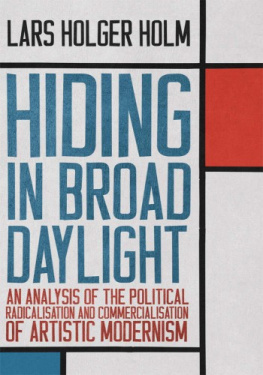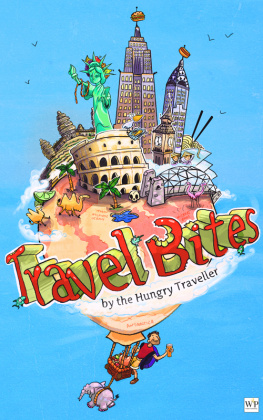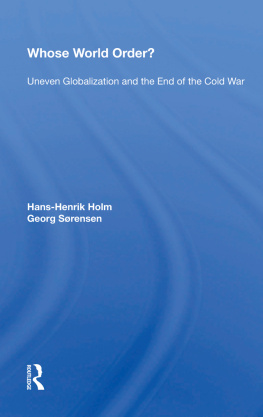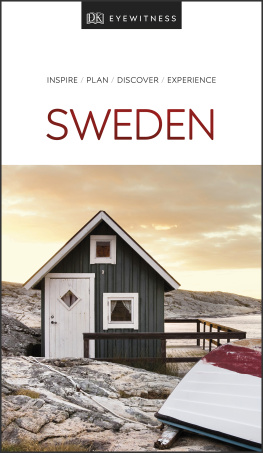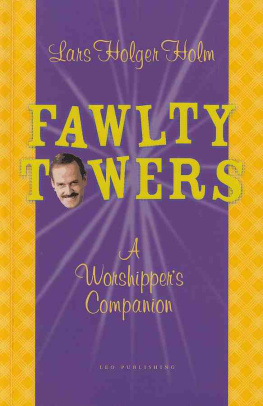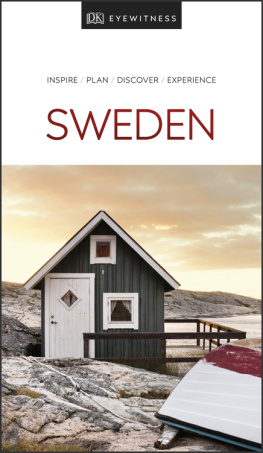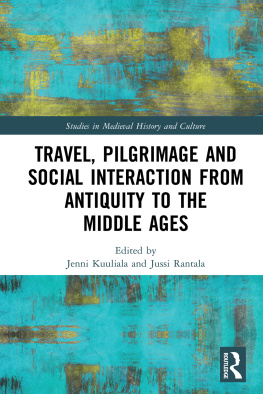At the Gate
M y plane to Barranquilla, Colombia, wasnt delayed but it had proved impossible to prolong the car rental without paying through the nose. Since that would have been an ugly sight, I decided to return my stately vehicle hours before take-off. This left me with time to kill. I figured Las Olas Boulevard in downtown Fort Lauderdale would be the place, and entered the local bus servicing the Hollywood International Airport. Truly, it would have been easier to say hasta la vista to a Corolla. But this was a state-of-the-art American beauty, with all that goes with it. The reason I ever enjoyed the privilege to hang out with her for so long was the following.
As I arrived in Miami one month earlier, the compact cars were in such demand that the rental dealership didnt have enough of them available. To make up for the vehicle shortage theyd thrown in some Mercury Grand Marquises a more elegant edition of the Ford Victoria preferred by police forces and cab drivers nationwide in the lot, offering them at economy price. Generally unable, even under normal circumstances, to resist temptation, I jumped at it. My European heart made an extra beat at the mere thought of turning the key to an eight-cylinder monster with a 4.6 litre engine, knowing I was deliberately and willingly indulging in sin. Since Miami (or to be precise, Miami Beach herself) is pretty much the emblem of it, there simply couldnt be a better way to arrive there.
South Beach is a case in point. In the 1970s and 80s its population was up to 80 % Jewish and South Beach itself is practically still a ghetto. Before before World War II Jews, though allowed to buy property anywhere, could only settle south of 5th Street and this restriction on their activities was only suspended as late as in 1949. After that, South Beach became known as the waiting room of death as increasingly older people found it desirable to retire there. At this time there was nothing really fancy or upscale about it. If designer perfumes nowadays permeate its atmosphere, back then the streets smelled of mildew and gefilte fisch and on a visit you would overhear a wild array of eastern European languages blending with Brooklyn twang and Yiddish its no coincidence that Michael Corleone in order to visit with businessman Hyman Roth in the second Godfather film has to go to Miami.
The Jewish scene was to remain relatively unchanged until the late 1970s, when Fidel Castro opened all of his prisons and mental asylums and poured their contents into clandestine boats destined for Miami, thereby creating a tsunami of crime inundating its beaches. South Beach quickly became one of the most dangerous places in all of North America and the Jews began to move northward. Then came the Art Deco renaissance, initiated by prominent Jews of the modern art scene determined to save the beach and restore it to pre-war glory. Some TV shows pioneer among them had been the iconic Jackie Gleason Show , since the mid-1960s produced in Miami and criminal series ( Miami Vice , followed by the contemporary CSI Miami ) helped to put it back on the map, and in the 1990s it began to be hyped up to its present level of mediatised hysteria. Although today in many ways synonymous with Sodom, South Beach is simultaneously home to a large Orthodox Jewish community that has gradually come to supplant the original population of more liberally oriented Jews, and paradoxically seems to thrive in the shadow of its frivolous glitz. Or perhaps not so paradoxically, after all.
Besides, it isnt just Rabbi Rabinowich who knows how to profit from it, even if he occasionally gets caught with his pants down. We also have the heritage of pushers and dealers in the grand Cuban tradition of Scarface. We have Cuban Jews and Israelis mixing freely with Colombian, Venezuelan and Russian goy mafiosi distinguished by gold chains so heavy that they can hardly keep their necks straight. Their women, (as artificially big-chested as they are self-absorbed that is, when theyre not absorbed by their cell phones) prefer diamond rings and necklaces since their values never decrease. Add to these a set of modern day WASP retirees populating the entire Florida coastline, but in particular its south, as well as the steady coming and going of foreign tourists and well-to-do Europeans taking refuge there during the winter season.
If Asians dont make up any significant portion of Miamis population by and large, Latin families do, clustering around Calle Ocho (SW 8th Street), Little Havana and West Little Havana, with their rather picturesque mixture of small malls, cash only gas stations, restaurants, shops and Latin bakeries, seedy one-night stand motels with names like Venus, Stardust and Jamaica, strip joints, dry cleaners, PC repair shops, dollar stores and lawyers advertising for clients needing help to file for bankruptcy, divorce or to get off the hook for speeding or Drinking Under the Influence of Driving.
Like an oasis appears to the south of mid Calle Ocho the wealthy and serene Coral Gables (by no means off limits for Latinos who have made it) with its lavish golf courses, long tree adorned alleys, manicured gardens, elegant mansions in a variety of colonial styles, streets with Spanish and Italian names marked in black print on whitewashed corner stones, a chic downtown and a jeunesse dore pitching camp in the gardens of the Biltmore Hotel. It also, somewhat surprisingly, includes within its perimetre a token trailer park for people of considerably lesser means, symbolically located next to a funeral parlour and a cemetery.
The contrast is immediate and only announced by the drive-through archway and extended gable made from coral that have given the name to this town. Driving south on 49th street which is another thoroughly Latino dominated residential backwater tucked in between the major traffic artery Route 836 (separating it from the airport), and 8th Street you find yourself transported, once you have crossed over 8th Street into the Gables, by the fairys magic wand. Here the rather inconspicuous SW 49th Avenue completely changes appearance, like Cinderella going to the ball, congenially assuming a new name resounding of saga and history: Granada Boulevard. Whereas the single plane villas to the north of 8th Street would no doubt announce a wealthy neighbourhood in Managua and Tegucigalpa, they are just plain ordinary in Miami. From the absence of barbed wire to protect the residents from unwanted intrusion you can tell youre actually not in Managua or Tegucigalpa, but doors and windows are indeed covered by iron bars, just as in those places.


